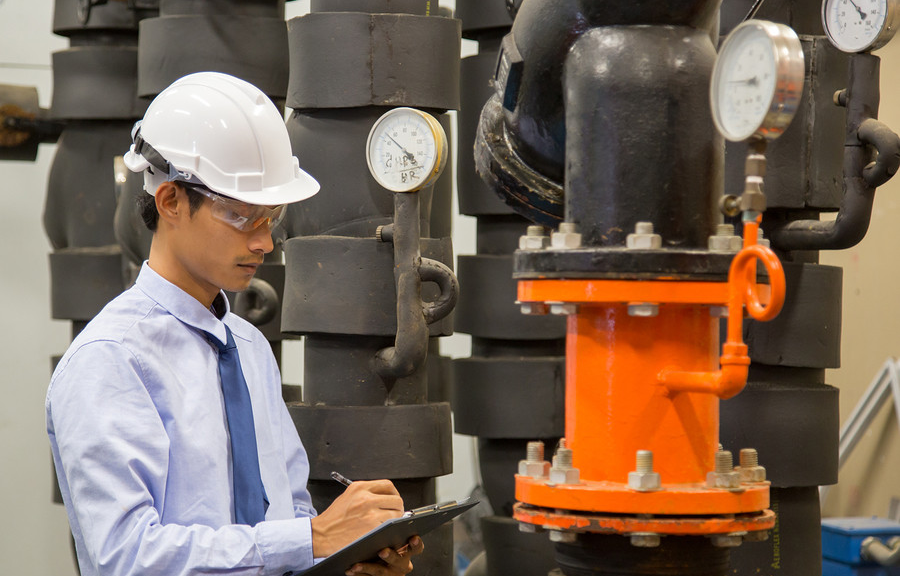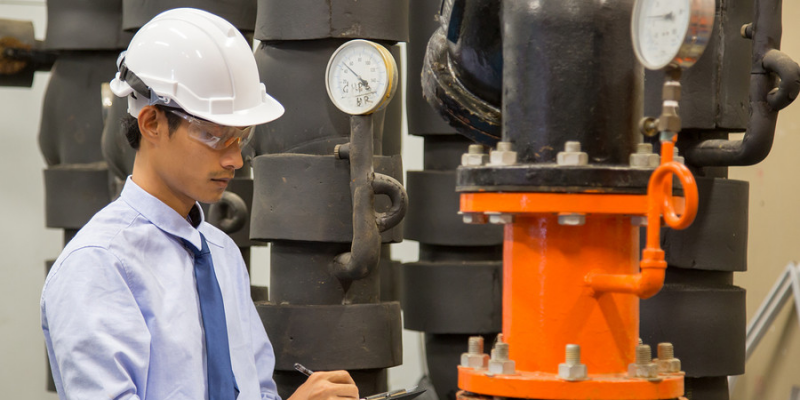
Inspecting Your Chiller
Winter doesn’t officially end until the spring equinox on Wednesday, March 20. While that might seem far away right now, don’t let the spring cooling season take you by surprise. It’s vitally important to inspect your chiller before you need it.
You probably spent the summer running the chiller continuously, and working hard to maintain the chemistry in the tower water. That balanced chemistry ensures you adhere to proper limits and stay efficient. Good job!
At the end of the summer, you followed proper lay-up procedures. Right? Good job again!
Now is a great time to inspect the condenser and make sure you know its condition before you go back online for the spring. For one thing, you don’t want it to sit too long, stagnant, as things might be caught up, settling or building up inside.
How to Inspect
Open up the condenser and check it out. Brush the tubes to remove any sludge or debris that may have settled inside. You don’t want to let the water drain and the condenser to dry out. Drying out encourages any debris and sludge to bake onto the tubes, making it more difficult to remove.
Take it from us: Experience has shown that sometimes folks don’t inspect condensers that they “know are clean.” And it turns out they’re wrong. When they bring it back on line they quickly learn it was not clean, debris caught in the tubes. That assumption can bevery expensive.Make sure that condenser is really, truly, genuinely clean by opening and inspecting it annually.

Proper Start-Up Procedure
Now that the condenser is verified clean, you’re ready to perform proper startup when the time comes. As a reminder, here are the steps you’ll need to take:
- If the cooling tower basin is dirty from sitting idle, flush with fresh water to drain.
- Upon filling with fresh water, add twice the normal level of corrosion inhibitor and circulate for 48 hours. If possible use a special product designed specifically for pre-filming a system such as Chemfilm MXP.
- If a system is running intermittently, make sure biocides are added and circulated for at least two hours on a weekly basis. You don’t want to allow bacteria or a biofilm to set up shop before the season begins !
- Initially run the system at lower cycles of concentration to prevent drop-out of foulants during off-line times. It may also be desirable to add a special dispersant to help keep impurities in suspension.
- Use common sense. Try not to drain the system piping once filled. If the system pipe is drained, flash rust can form. Flushing and pre-filming may need to be done again.
Proper start-up is a crucial way to extend the life of the cooling system piping and equipment. You’ll encounter fewer problems during the regular cooling season, and save money on utilities and repair.
If you could use some help inspecting your chiller or have some questions, feel free to contact us; we’d be more than happy to help!



/NQA-ISO-9001-Logo-ANAB.jpg)